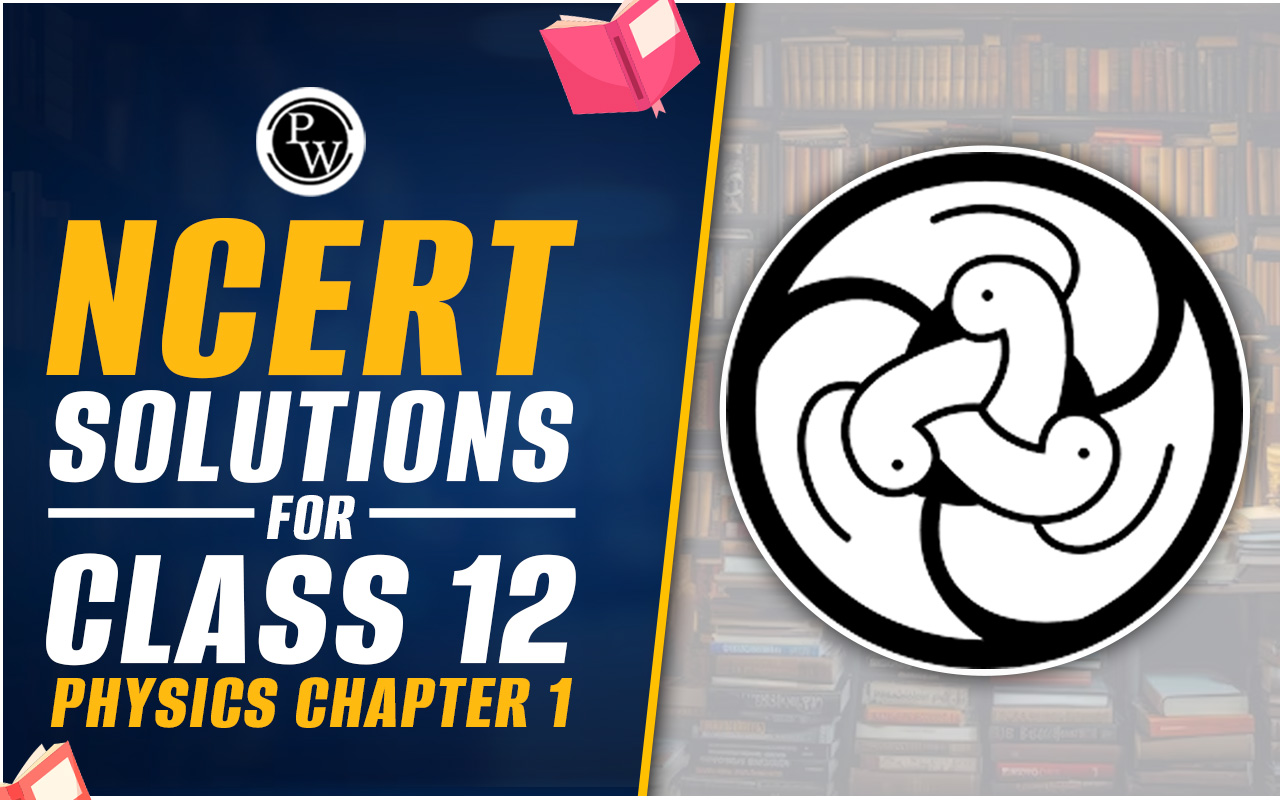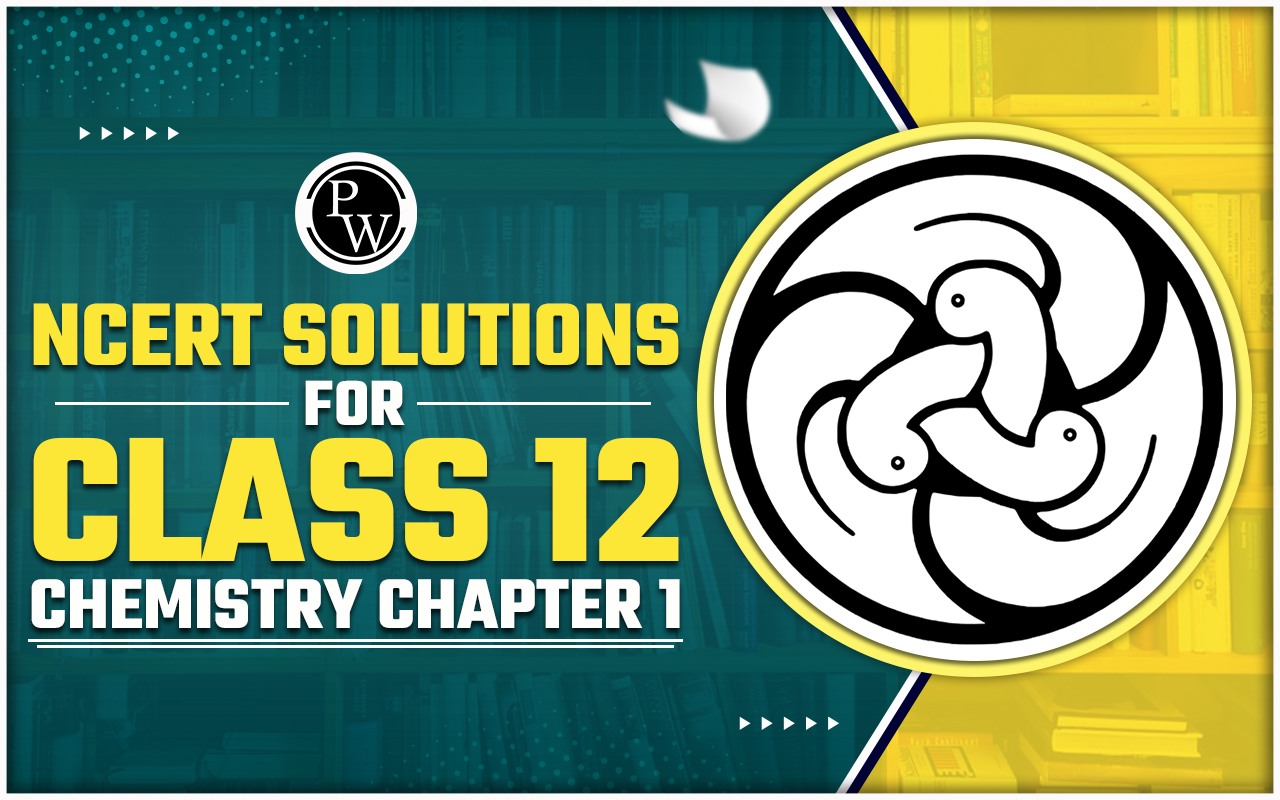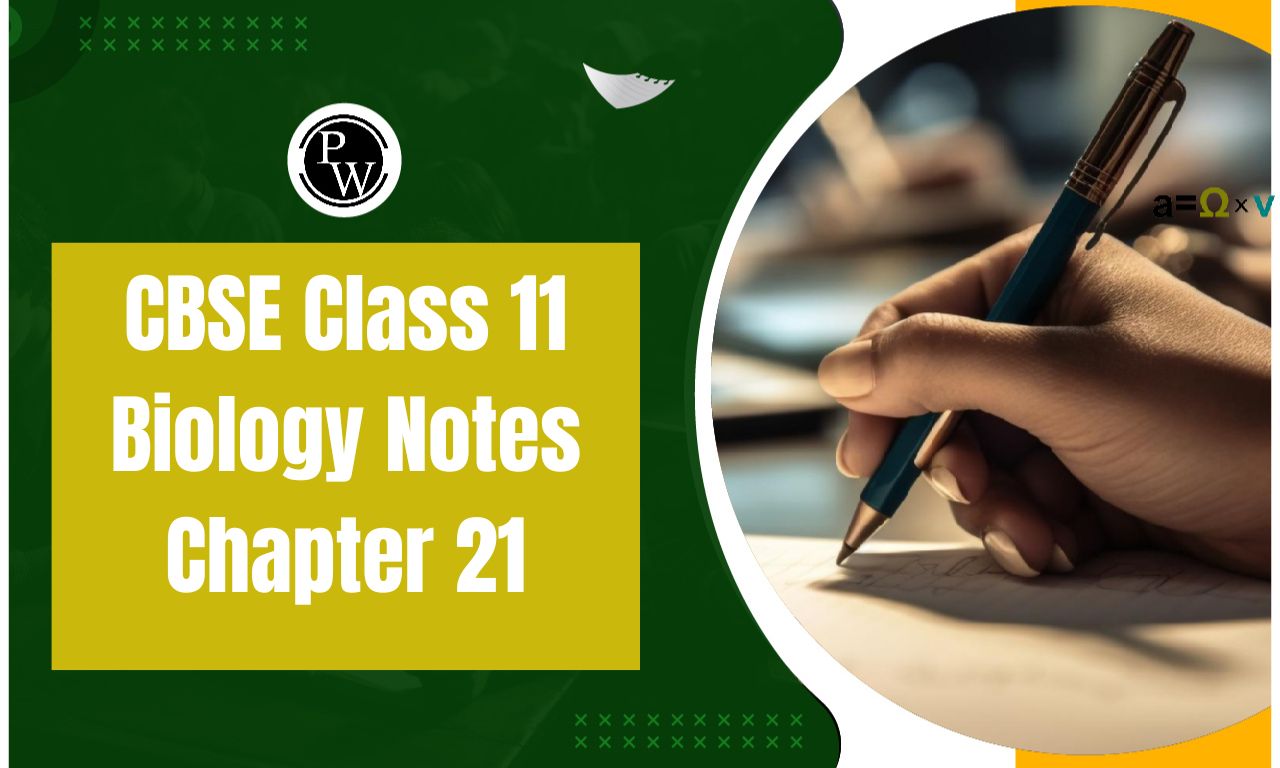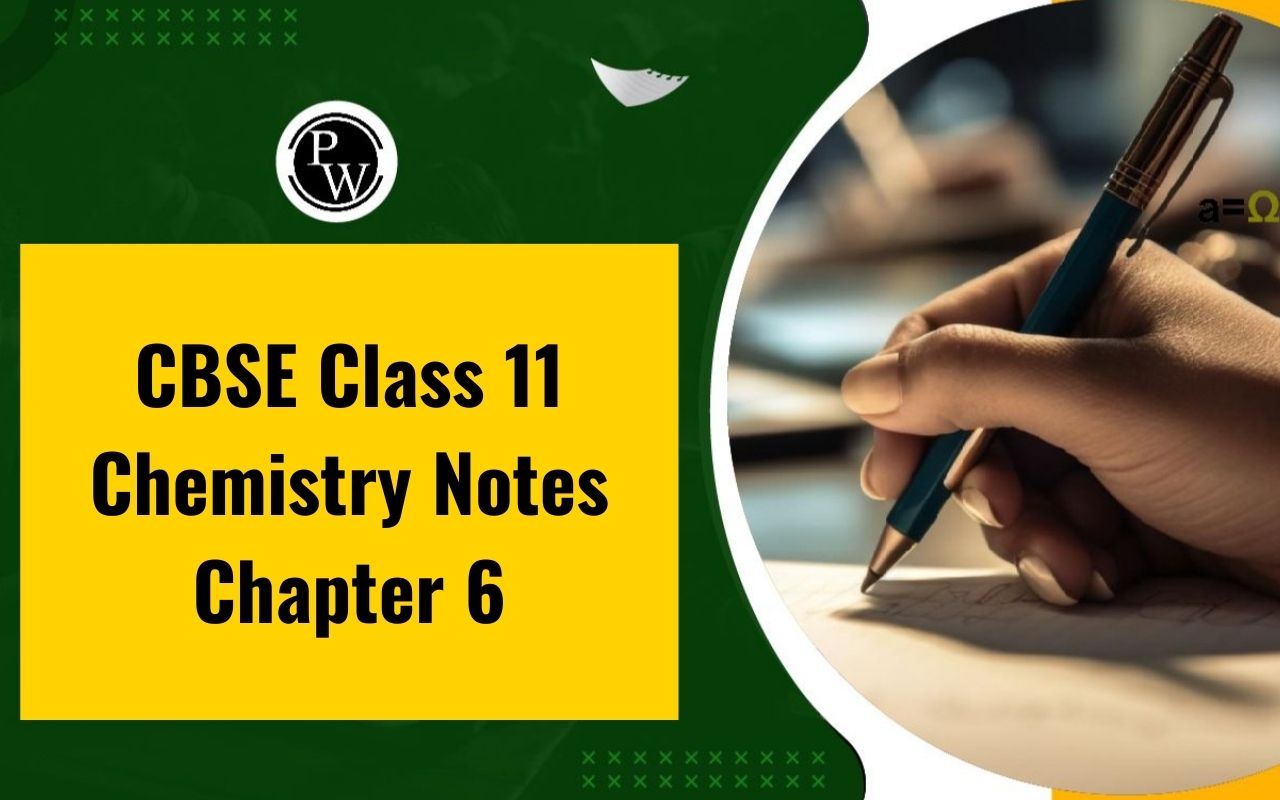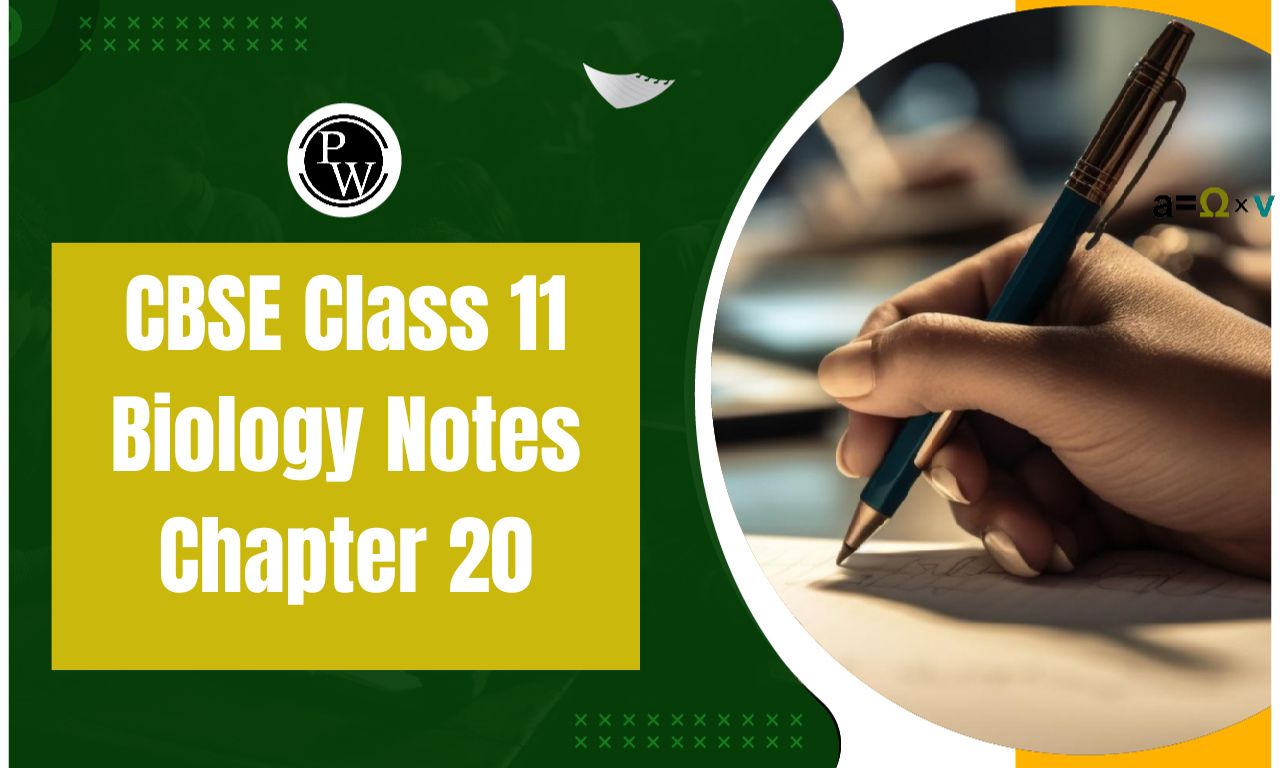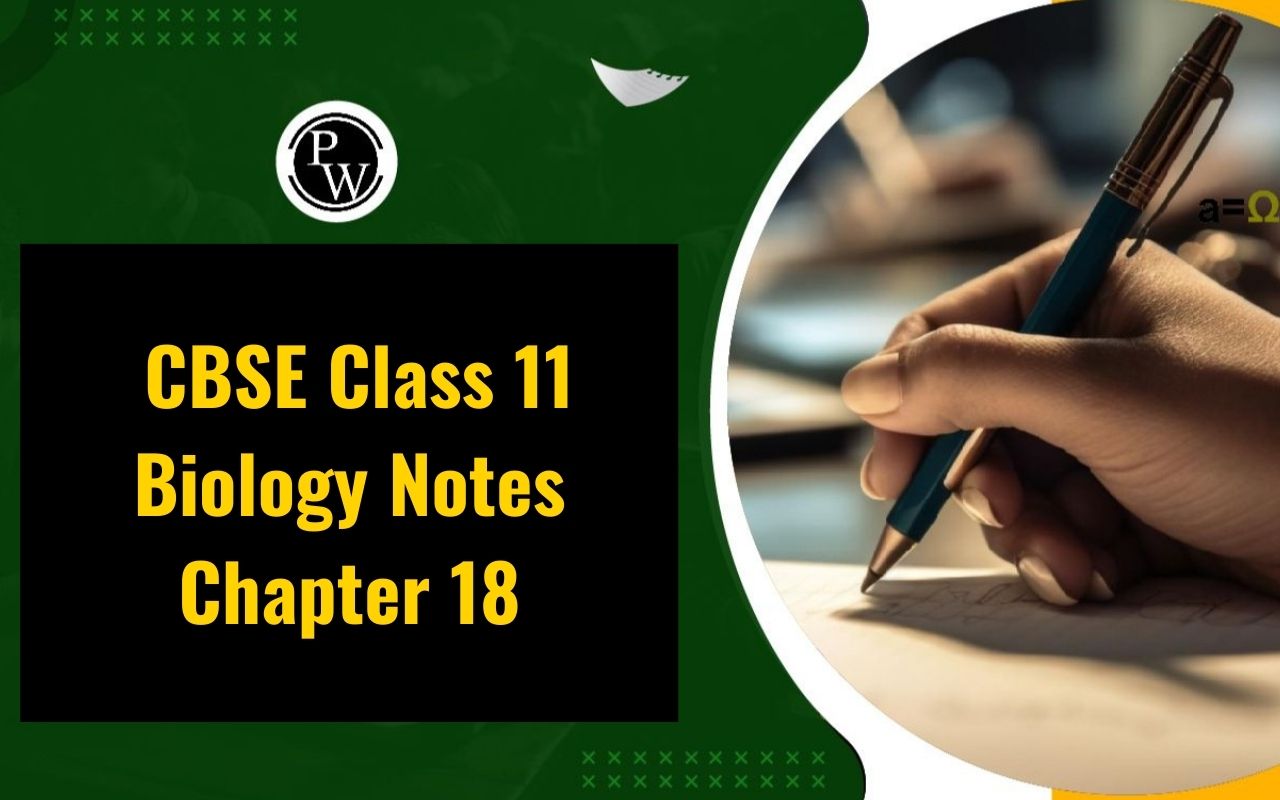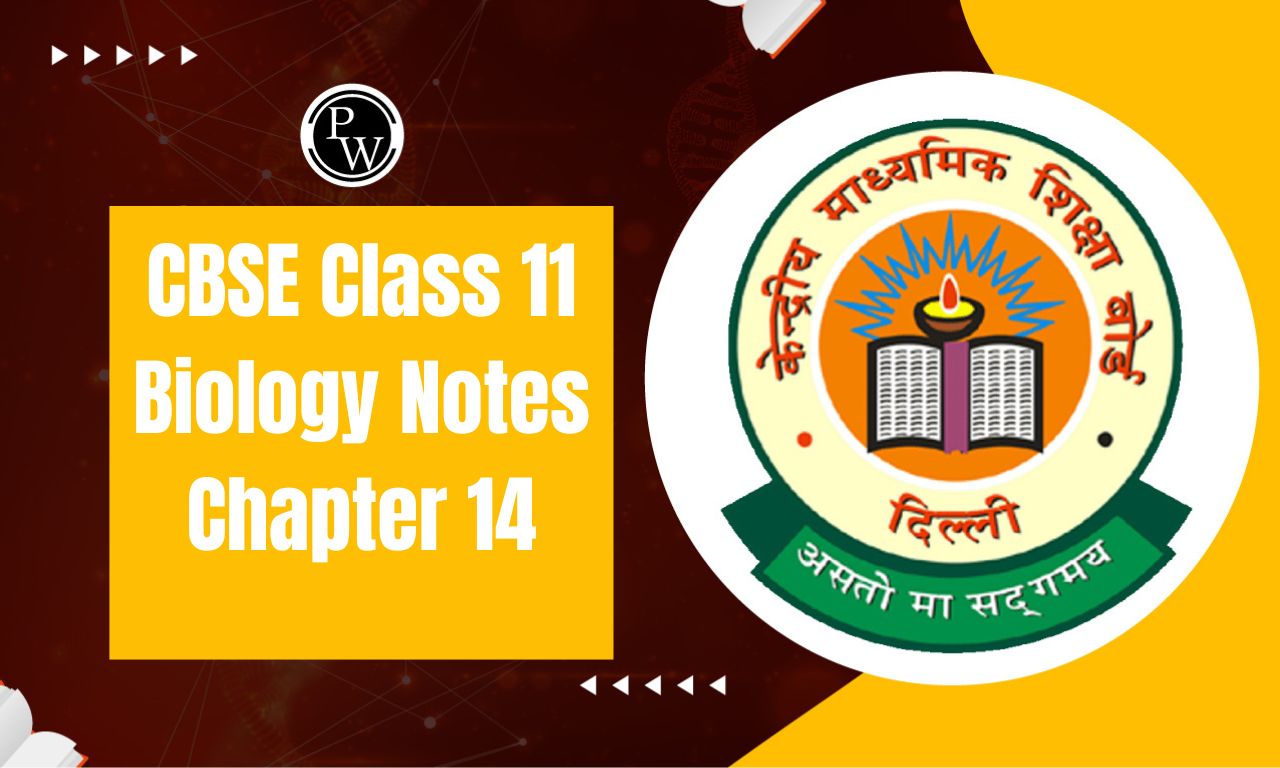
CBSE Class 11 Physics Notes Chapter 15: In Physics, waves and vibrations are among the most significant phenomena. There are oscillations in nature in a variety of forms everywhere. There are examples of vibration in practically every physical system, from the massive oscillations of sea waves to the jiggling of atoms. In the language of physics, a wave is an oscillation or a disturbance that propagates over space and time while transferring energy.
Wave motion transfers energy from one location to another often without permanently moving the medium's particles, meaning that there is either minimal or no related mass transit. Rather, they take the form of vibrations or oscillations near stationary points.CBSE Class 11 Physics Notes Chapter 15 PDF
Physics in Class 11 requires a lot of study. Because of this, we have carefully prepared notes for every chapter in Class 11 to aid you in test-taking. Our outstanding team of professionals created the Class 11th Physics Notes, which are entirely based on the CBSE syllabus. After reading through our review notes for class 11, students will be able to handle increasingly difficult problems with ease and confidence.CBSE Class 11 Physics Notes Chapter 15 PDF
CBSE Class 11 Physics Notes Chapter 15
The focus of a significant wave misinterpretation is the final point that needs to be made. Mass is not transferred by waves; only energy is. Using the example of a drifting ball a few yards out to sea can make this easier to understand. The ball in the example will not come towards the shore as the waves propagate, or travel, towards the shore. The ball won't be carried by the waves alone; other forces like winds, tides, or currents may eventually cause it to come ashore. A mass that is only displaced by a wave that is perpendicular to the direction of propagation—in this example, up and down—as seen in the following figure: A wave can be longitudinal or transverse in direction depending on the way it oscillates. Transverse waves happen simultaneously when oscillations perpendicular to the propagation generate a disruption. Longitudinal waves arise when the oscillations are parallel to the propagation direction. Since all electromagnetic waves are transverse waves, both longitudinal and transverse waves can be mechanical waves. Sound is an illustration of a longitudinal wave.CBSE Class 11 Syllabus 2024-2025
Waveforms
The formula of F, also known as shape, was developed by renowned scientist and physicist d'Alembert and involves the argument represented by the symbol x − vt. We can state constant values in this argument that correlate to constant values of F. If x rises, then it will increase at the same rate, and this is where the constant values occur. This can be characterized as wave-shaped, similar to the F function, which propagates at velocity v in the positive direction of x and at the same speed in the negative direction. The periodicity of F in space means that a snapshot of the wave at a given time, t, finds the wave varying periodically in space with period λ, denoted as the wavelength of the wave. This is another example of a periodic function F with a period denoted as λ, that is, F(x + λ − vt) = F(x − vt). Similar to how F's periodicity implies a time t periodicity, F(x − v(t + T)) = F(x − vt) and then vT = λ, so we can observe the wave at a fixed location that is x that finds the wave undulating periodically in time with period T = λ/v.Phase Velocity and Group Velocity
The green circles, which we take to be another mark, propagate with the group velocity, whereas the red square moves with the phase velocity when we consider it. The group velocity and the phase velocity are the two velocities related to waves. The rate at which the wave's phase propagates in space at any given phase—for instance, the crest that seems to travel at the phase velocity—is known as the velocity of the same phase. The wavelength λ, which is lambda, represents the phase velocity, while T stands for the period. The second component, group velocity, is a characteristic of waves with a defined envelope that measures the waves' propagation across space in terms of phase velocity, overall waveform, amplitude, and envelope, or modulation of the wave.Types and Features of Waves
Transverse and longitudinal waves are the two different types of waves. Longitudinal waves resemble sound waves, but transverse waves resemble waves on the water's surface that rise and fall. The term "crest" refers to the high point of a transverse wave, whereas "trough" denotes the low point. The refractions and compressions of longitudinal waves are comparable to transverse waves' through and crests. The wavelength is the separation between subsequent troughs and crests. An amplified wave's height is its defined value. The frequency is the number of troughs and crests that pass a given spot in a given amount of time. The wavelength multiplied by the frequency is one way to express the wave velocity. Even though there is little oscillation at any one location, waves can travel great distances. A thunderclap, for instance, can be perceived from kilometers away, but its sound only ever materializes at that location as a little refraction of air and compressions. Waves exhibit various fundamental phenomena, such as A wave meets an obstruction in the reflection phenomenon, and it is reflected. A wave bends in the refraction phenomena when it passes through a material at a different speed. The waves in the diffraction phenomena bend as they travel past tiny obstructions and spread out as they pass through tiny gaps.Benefits of CBSE Class 11 Physics Notes Chapter 15
- Topic coverage: The class 11 physics notes include a broad range of topics that enable students to fully practice and comprehend the subject's numerous principles. Building a solid foundation in the subject topic is aided by this discussion of fundamental subjective questions.
- Finding Weak Areas: Students can pinpoint particular topics that need more work and attention by consulting our subjective questions and the notes from Class 11.
- Enhancement of Problem-Solving Ability: Students can improve their analytical and critical thinking abilities by regularly practicing 1 and 2 mark questions with revision notes.
- Increasing Confidence: Class 11 Physics notes and subjective questions contribute to students' increased confidence in the topic and improve their exam scores.
CBSE Class 11 Physics Notes Chapter 15 FAQs
Which chapter is very important in Physics class 11?
Class 11 Physics has an important syllabus to follow. The chapters related to fundamental topics such as units, measurements, motion, work, energy, power, mechanical properties of matter, gravitation, thermodynamics, etc hold immense importance in the development of a conceptual foundation among the students.
Which chapter of Physics class 11 is easiest?
Unit and measurement are the most basic chapter of class11 physics. Although kinematics which includes motion in one dimension and motion in two dimensions are also quite easy, it is more conceptual and also new class11 students are familiar with these chapters.
Which chapter is hard in Physics class 11?
The toughest chapter in Class 11 physics is a matter of opinion, but some of the most commonly cited difficult chapters include: Rotational Motion. Waves. Thermodynamics.
🔥 Trending Blogs
Talk to a counsellorHave doubts? Our support team will be happy to assist you!

Check out these Related Articles
Free Learning Resources
PW Books
Notes (Class 10-12)
PW Study Materials
Notes (Class 6-9)
Ncert Solutions
Govt Exams
Class 6th to 12th Online Courses
Govt Job Exams Courses
UPSC Coaching
Defence Exam Coaching
Gate Exam Coaching
Other Exams
Know about Physics Wallah
Physics Wallah is an Indian edtech platform that provides accessible & comprehensive learning experiences to students from Class 6th to postgraduate level. We also provide extensive NCERT solutions, sample paper, NEET, JEE Mains, BITSAT previous year papers & more such resources to students. Physics Wallah also caters to over 3.5 million registered students and over 78 lakh+ Youtube subscribers with 4.8 rating on its app.
We Stand Out because
We provide students with intensive courses with India’s qualified & experienced faculties & mentors. PW strives to make the learning experience comprehensive and accessible for students of all sections of society. We believe in empowering every single student who couldn't dream of a good career in engineering and medical field earlier.
Our Key Focus Areas
Physics Wallah's main focus is to make the learning experience as economical as possible for all students. With our affordable courses like Lakshya, Udaan and Arjuna and many others, we have been able to provide a platform for lakhs of aspirants. From providing Chemistry, Maths, Physics formula to giving e-books of eminent authors like RD Sharma, RS Aggarwal and Lakhmir Singh, PW focuses on every single student's need for preparation.
What Makes Us Different
Physics Wallah strives to develop a comprehensive pedagogical structure for students, where they get a state-of-the-art learning experience with study material and resources. Apart from catering students preparing for JEE Mains and NEET, PW also provides study material for each state board like Uttar Pradesh, Bihar, and others
Copyright © 2025 Physicswallah Limited All rights reserved.
Get App
